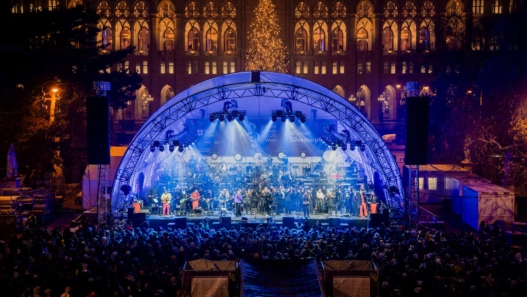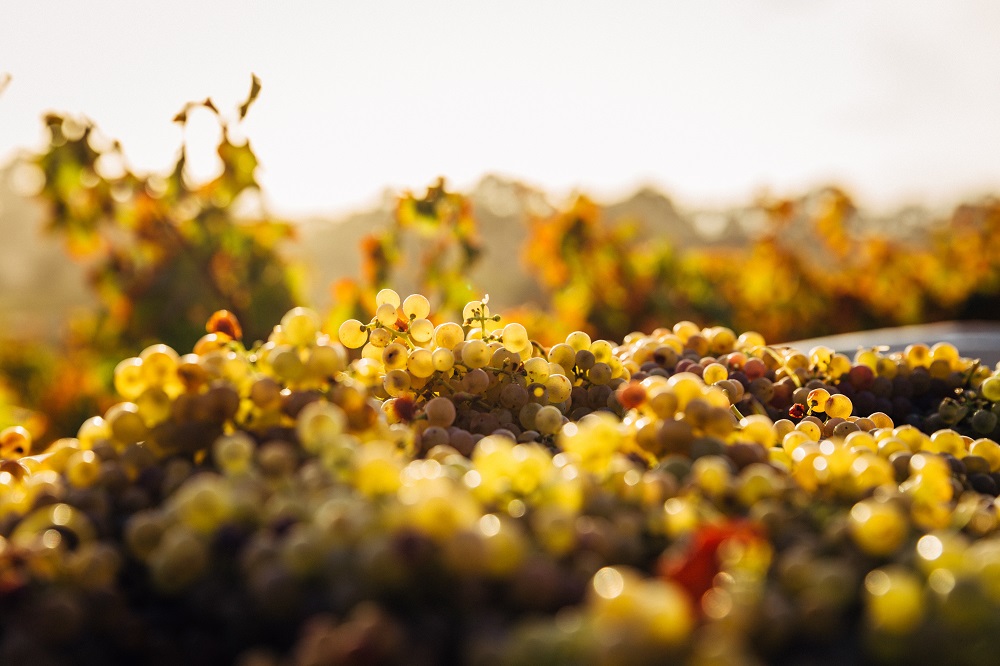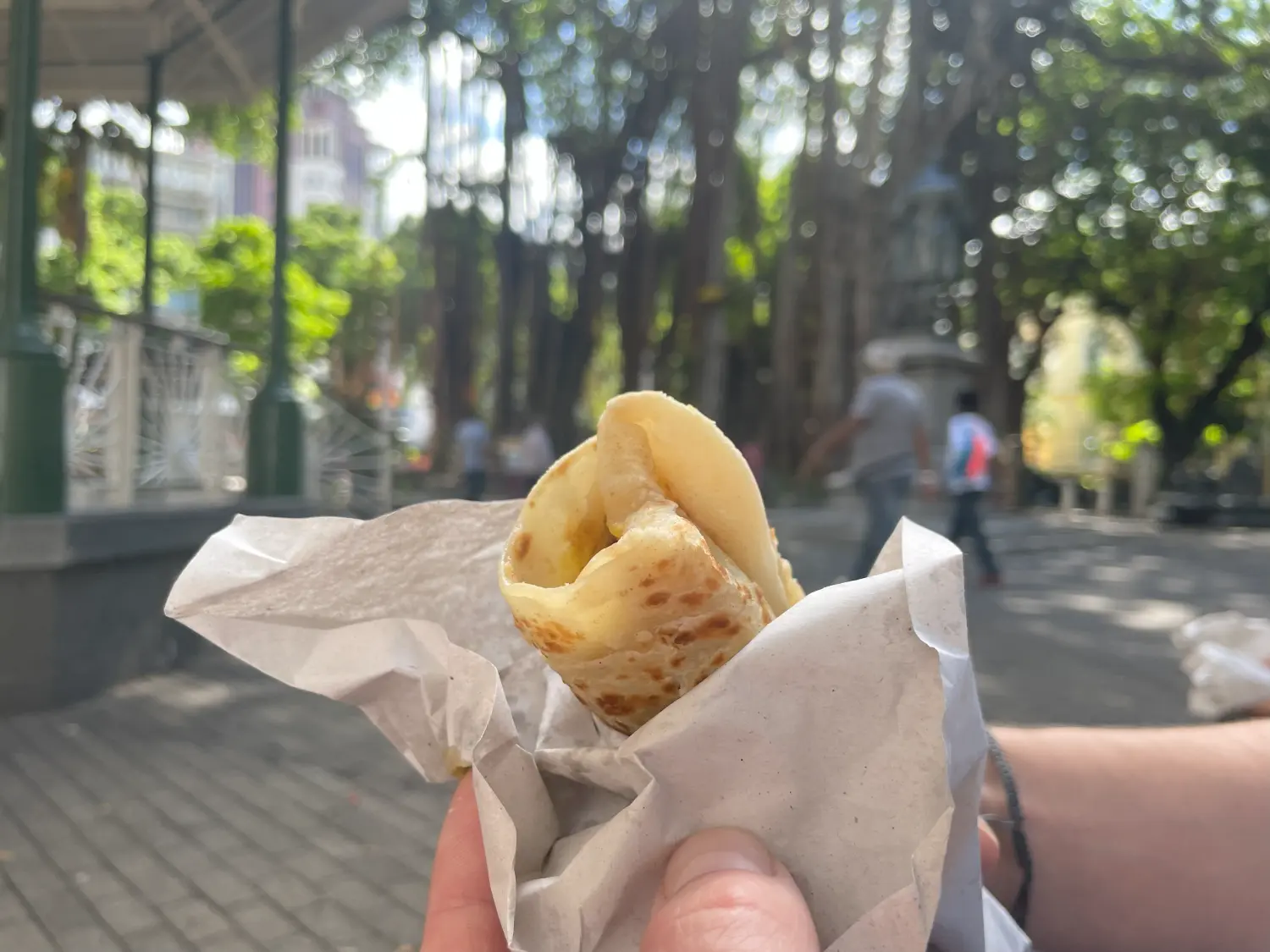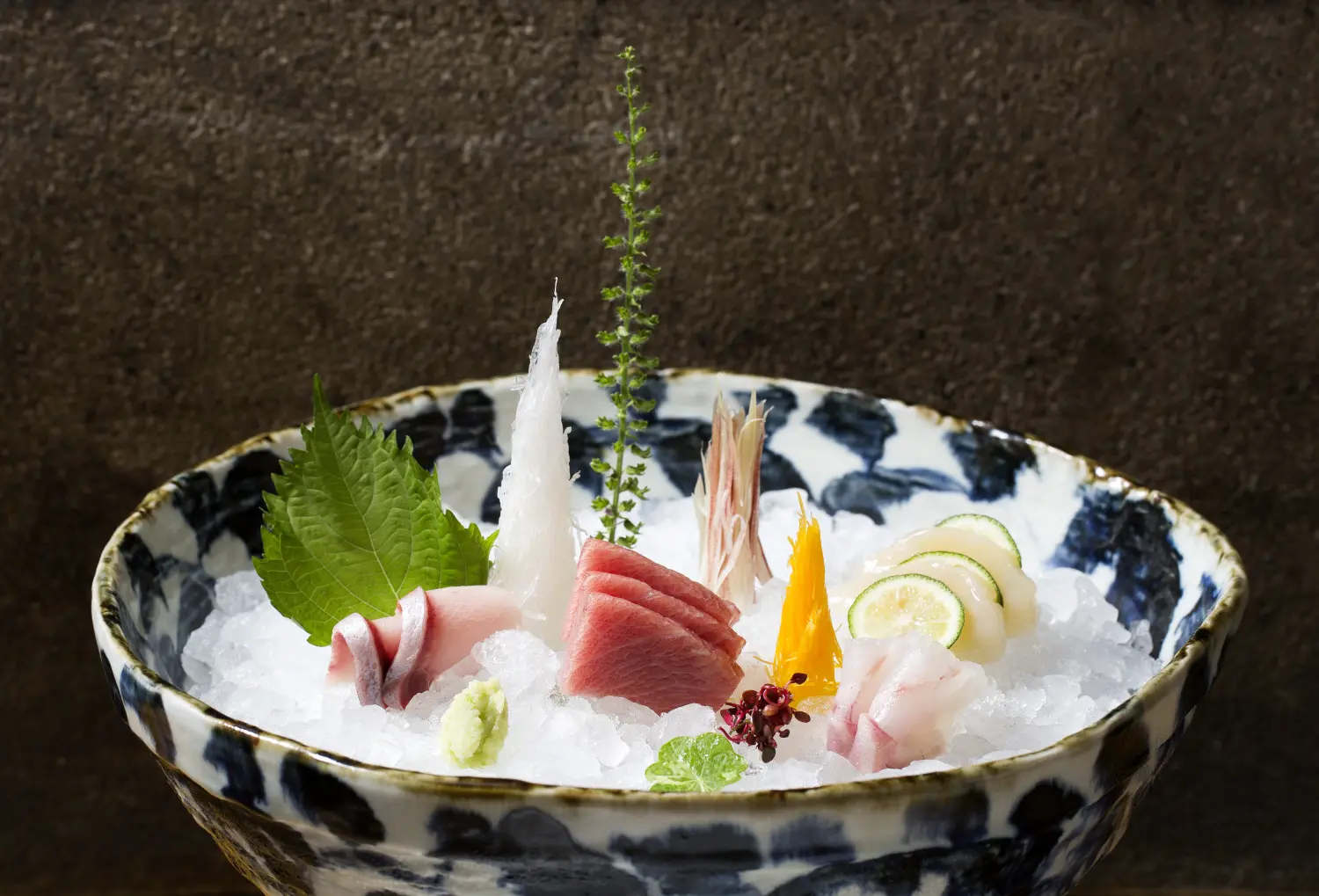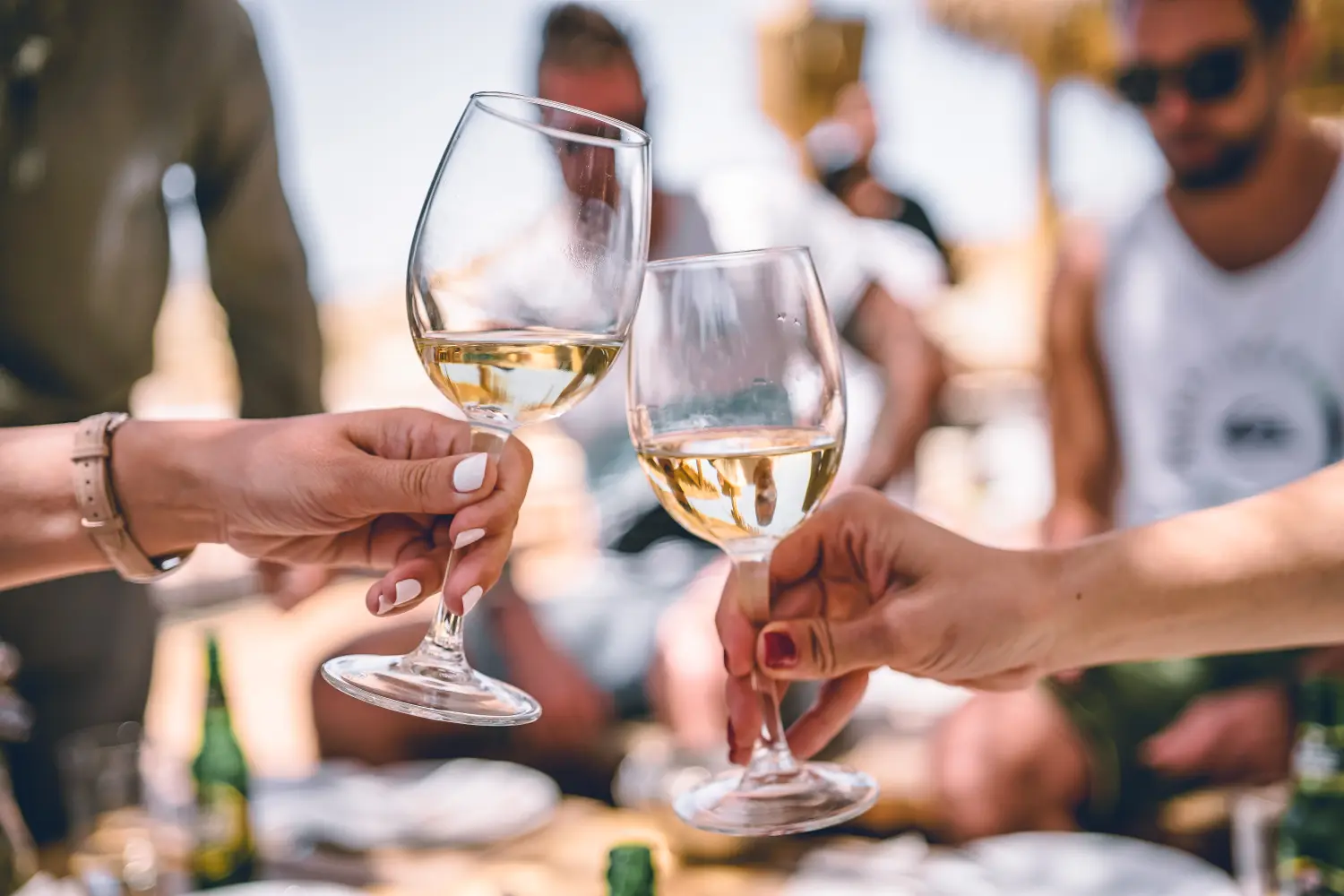In vino veritas is what the ancient Romans supposedly said. In terms of viticulture, however, a lot has changed since then, and somehow not at all. Terms like amphora wine or orange wine are buzzing around the vinophile scene. But what exactly is natural wine, which currently seems to be on everyone’s lips in the truest sense of the word? An attempt at a rough approximation from an Austrian perspective.
Starting Point
As so often in human history, it took a negative climax before things could change for the better. In Austria, this was the wine scandal of the 1980s. To explain this, I have to backtrack a little: Common at that time, and still allowed today, was the so-called chaptalisation. During this process, the alcohol content is increased by up to 2 % through the additional admixture of sugar – applied especially when unripe grapes are harvested early.
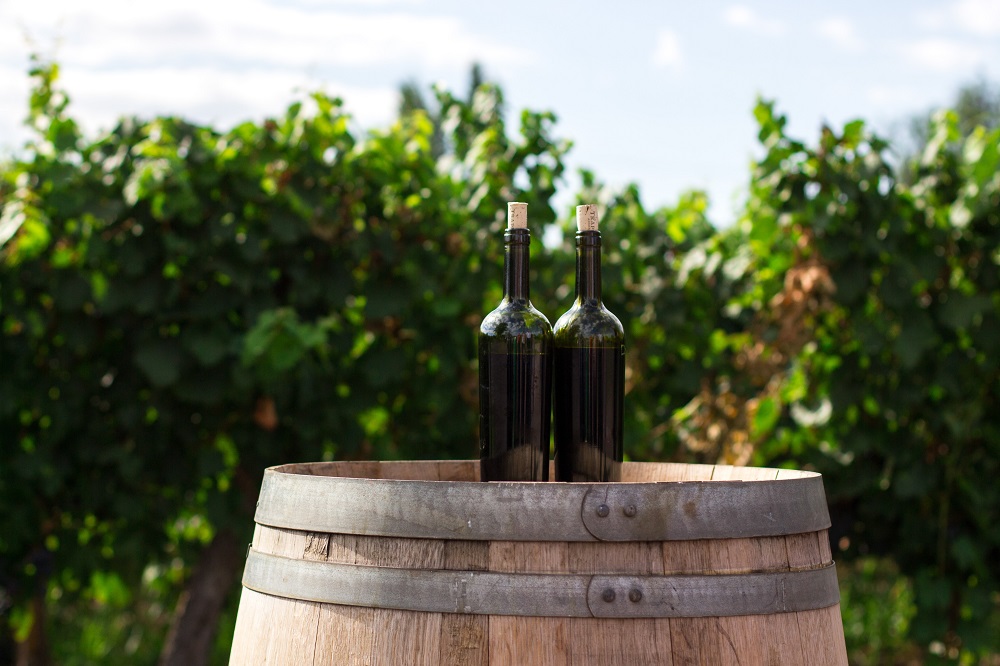
Some Austrian winemakers came up with the not-so-clever idea of using diethylene glycol in addition to sugar to spice up sweet wines in particular. This diethylene glycol is found on the shelves in combination with water as an antifreeze, so it has no place in the body. Since German bottlers bought some of these adulterated wines and mixed them with other wines, our northern neighbours also got to enjoy the dubious taste. Uncovered by major media, the unpleasant affair quickly became a food scandal.
Consequences of the Wine Scandal
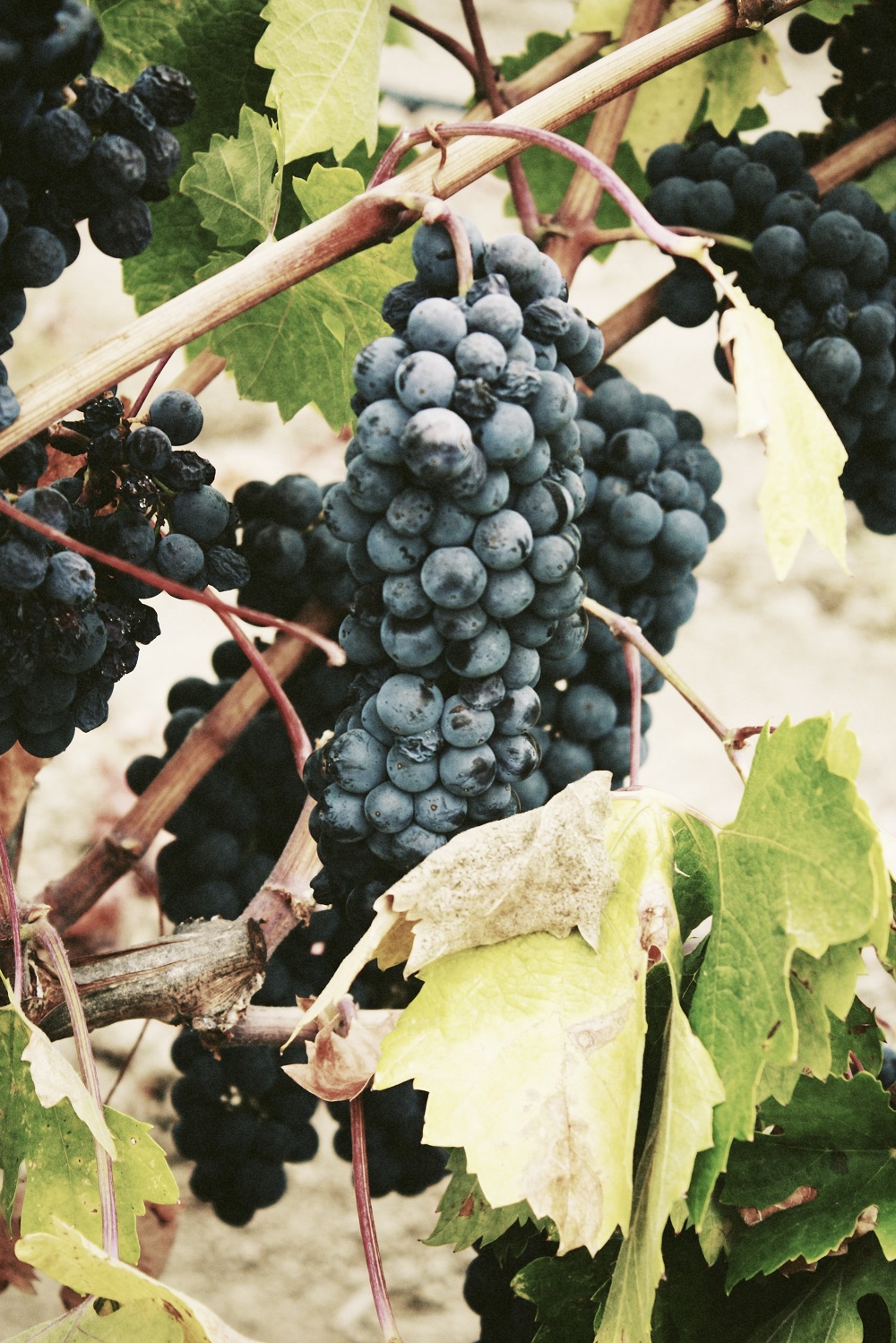
As a direct result, wine sales in Austria plummeted. As a further result, however, the Alpine republic now has one of the strictest wine laws in the world, monitored by precise quality controls. A new generation of winemakers set out to forget the scandal and broke with the tradition of sugaring. Instead, the grapes are allowed to ripen long enough to produce sufficient sugar.
Status Quo
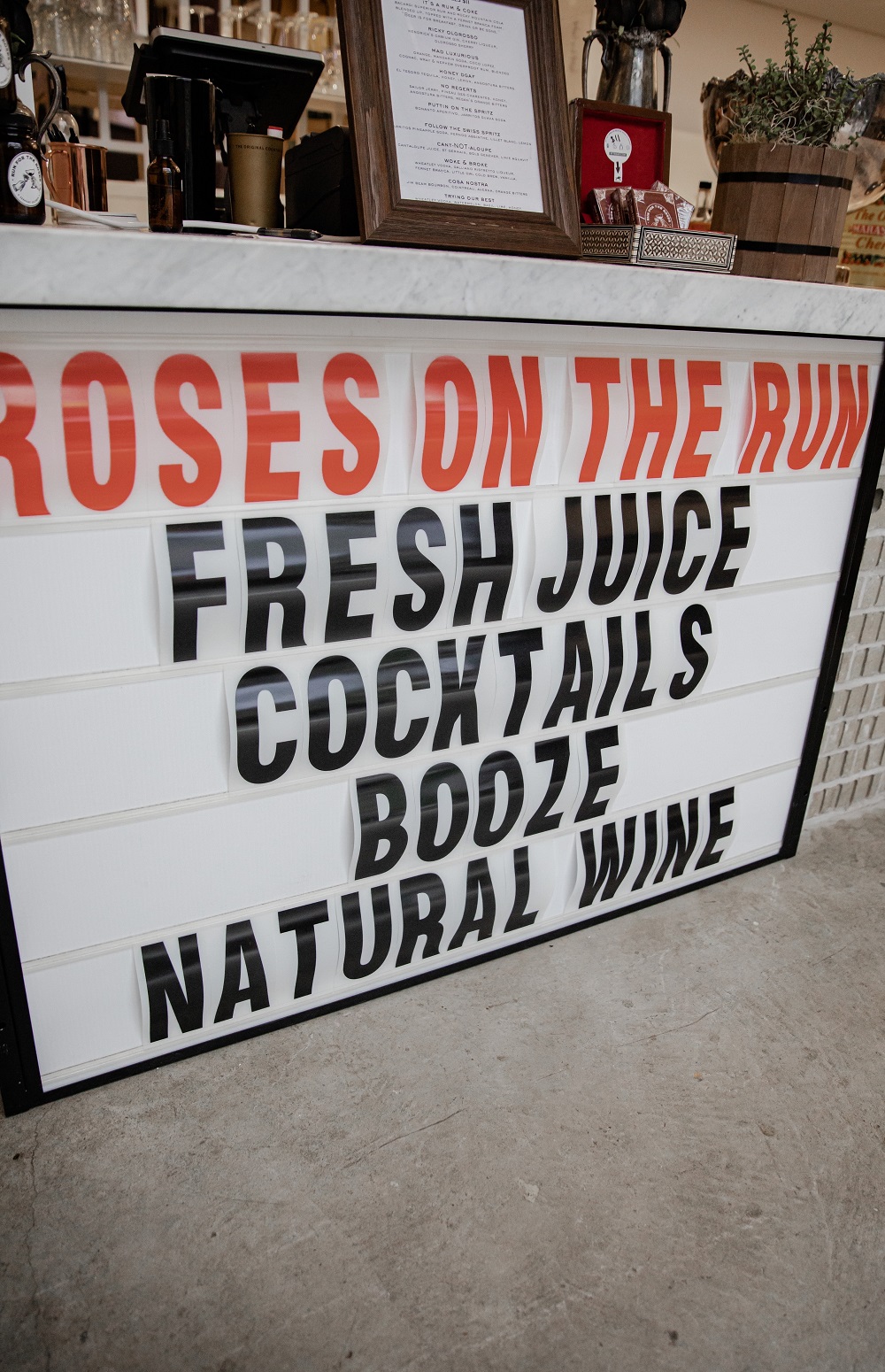
There is no legal basis or uniform definition for natural wine, especially as the approaches to its production also differ greatly in some cases. However, there is a certain consensus among winegrowers with regard to cultivation and vinification. The cultivation has to be biodynamic or at least organic, and the wine should not be exposed to any or only minimal chemical agents during its development. The addition of sulphur is highly controversial and permitted at most by the grape’s own yeasts. Put simply, the wine should take shape with the mildest human intervention. Ideally, then, natural wine is sustainable, resource-conserving and alive. But in any case exciting and tasty.
In Daily Life
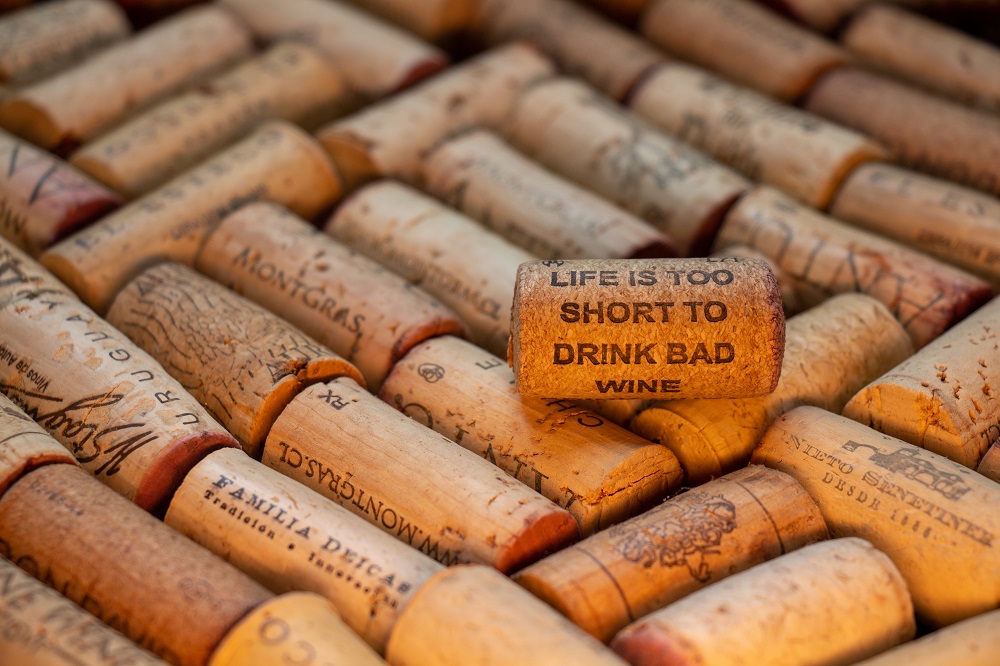
After the theoretical history lesson, it’s finally time for the practical implementation. So what can you drink and taste where? Top tip: For decades, Weinskandal has been a fixed star in the sky of the Austrian natural wine scene. Moritz Herzog and his team travel the wine world with great commitment. Their Goal: to bring the best bottles handpicked to their shop in 1030 Vienna. The selection ranges from easily accessible wines to more complex wines. An example for an “easy” natural wine would be Judith Beck’s Chardonnay Klassik. Andert’s Ruländer 2021 on the other hand is anything but conventional. In addition to the shop, the R&Bar in 1070 Vienna has been open for almost a year. Conveniently, it is a shop and an international natural wine bar in one and definitely worth a visit.





